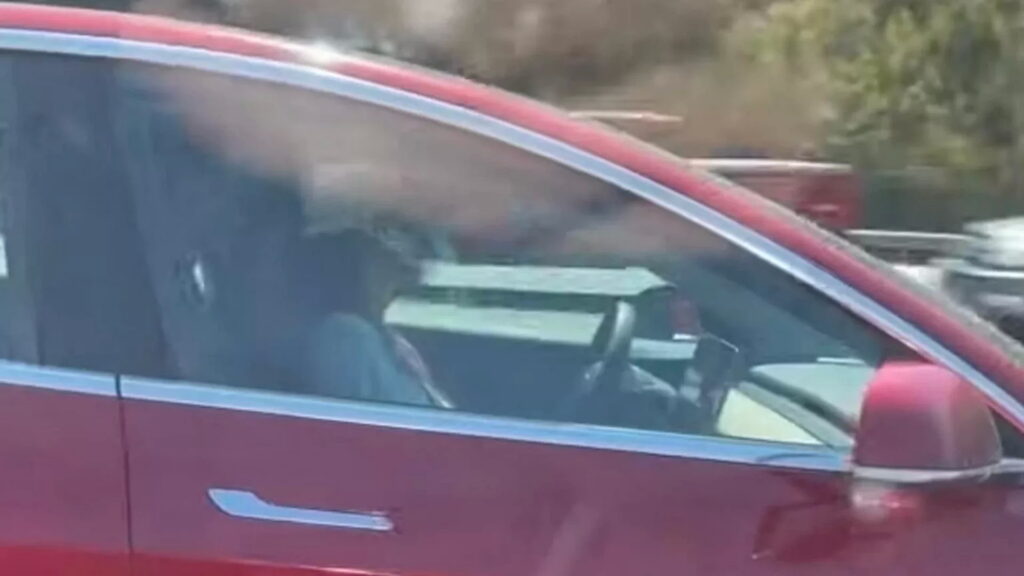- Quick Look at the 2020 Volkswagen Atlas Cross Sport | MotorTrend - March 13, 2024
- BMW Design – 2009 BMW Z4 – 2009 Detroit Auto Show - March 11, 2024
- Top 10 Car Features Women Love - October 7, 2023
Even though there’s no law explicitly prohibiting it, the California Highway Patrol can still punish you for falling asleep at the wheel
9 hours ago

by Sebastien Bell
The hit 1997 film Air Bud introduced an idea into the public consciousness that suggests that if there isn’t a rule on the books preventing an action (dogs playing basketball, football, soccer, baseball, or volleyball, in the order that the films were made), authorities can’t stop it from happening. That, it turns out, is not the opinion of the California Highway Patrol.
According to a post from Chambers Law Firm, “there is no law in California – or in any other state – that prohibits falling asleep while driving.” Just because no law explicitly prohibits falling asleep at the wheel, though, doesn’t mean that law enforcement can’t do anything about it.
As the law firm points out, and California Highway Patrol spokesperson April Elliott told KTLA recently, there is a constellation of rules that law enforcement can lean on to punish drivers caught sleeping at the wheel, even in cases where advanced driver assistance systems are active – such as in the numerous viral examples of Tesla drivers who misunderstand the limits of Autopilot and FSD.
Read: Tesla Drivers Keep Getting Caught Sleeping Behind The Wheel
Although sleeping at the wheel is not explicitly listed as a contravention of the California Vehicle Code, it is illegal for drivers to operate a vehicle in a way that endangers the safety of other people or property. In the case of a Tesla (or any other vehicles with advanced driver assistance systems) drivers, intentionally falling asleep at the wheel is considered reckless driving.
“Regardless of any special features a vehicle may possess, such as autopilot or fully autonomous capabilities, drivers are still responsible for the vehicle they are operating. If a driver is asleep behind the wheel, they are in violation of California’s basic speed law,” Elliott said. “It is unsafe to operate/drive a vehicle at any speed while asleep behind the wheel.”
advertisement scroll to continue
Despite the names of the systems, both Autopilot and FSD are considered SAE Level 2 (and 2+) autonomous systems. Though these may assist the driver, they require the human to be at attention and in control of the vehicle at all times. Even with Mercedes’ fancy new Level 3 autonomous system, the technology is not good enough to allow a driver to fall asleep.
And the consequences of doing so could be dire. Beyond the risk to their own safety, and that of other road users, drivers caught sleeping at the wheel could lead CHP to request that the California Department of Motor Vehicles re-evaluate the capability and fitness of the driver.
“CHP recommends avoiding driving if you are at all fatigued,” Elliott said. “If you begin to experience any drowsiness, pull off the highway and find a safe location to rest or change drivers.”
